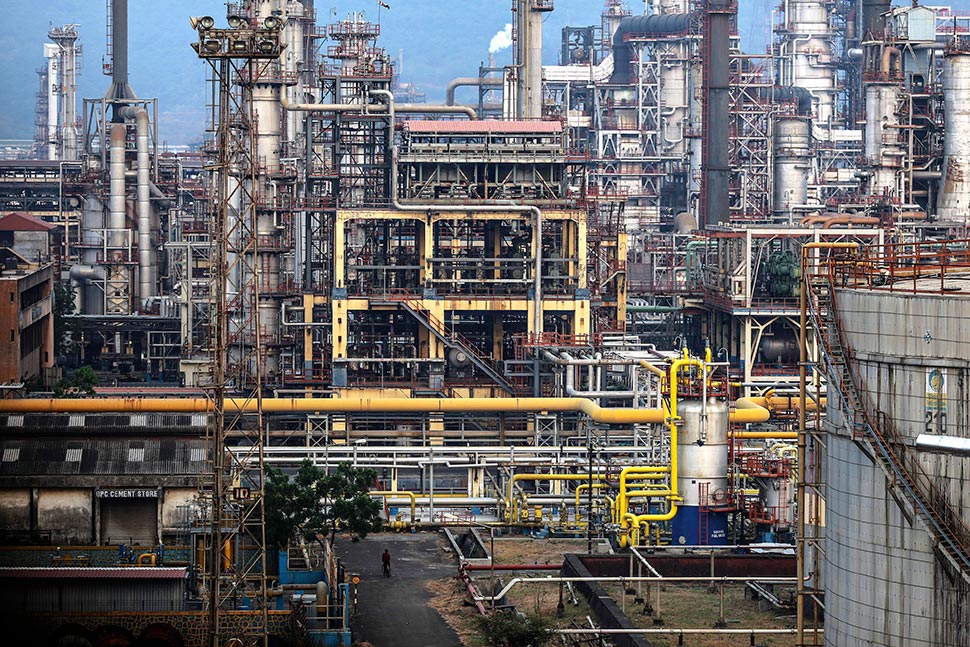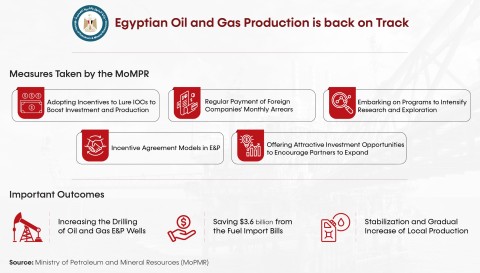The biggest crude glut in the U.S. since the 1930s means one thing for European refiners: The highest margins in eight years won’t last.
U.S. plants, ending seasonal maintenance, will push down European prices with rising exports, particularly of diesel and jet fuel, as they eat into a domestic stockpile of almost half a billion barrels of crude. The shipments will help reduce the continent’s third-quarter processing margins by about 42 percent, predicts Wood Mackenzie Ltd.
Europe’s refineries profited this year from slumping oil prices and increased demand from West Africa, Latin America and even the U.S. Their revival will be short-lived. As much as 1.4 million barrels a day of capacity in Europe could be forced to shut by 2020 because of higher cost, according to McKinsey & Co.
“We have the perfect setup for margins to disappoint and for there to be a surprisingly strong correction,” Michael Dei-Michei, an energy market analyst at JBC Energy GmbH, a consulting firm in Vienna that’s covered oil markets for two decades, said by phone April 16.
In a last gasp upward, Northwest European refining margins will jump 31 percent to $6.09 a barrel in the second quarter, the highest for the time of year since 2007 and almost five times above the same period in 2014, Wood Mackenzie estimates. They’ll then drop to $3.55 in the third quarter and $1 in the final three months of the year, according to the firm, an adviser to international oil companies.
America’s fuel producers have enjoyed a $6.16-a-barrel average discount on U.S. benchmark West Texas Intermediate this year versus North Sea Brent, the global benchmark. Shares of Phillips 66 and Valero Energy Corp., the nation’s two biggest independent processors, advanced 11 percent and 18 percent respectively this year in New York trading.
U.S. refiners also threaten European exports. America’s shipments to West Africa more than doubled from 2012 to 2014 and rose by 16 percent to Latin America, Energy Information Administration data show.
“We’ve got a raw material cost advantage in the U.S. due to the lower prices of crude oil compared to the rest of the world and an operating cost advantage because natural gas prices are lower,” Andy Lipow, president of Lipow Oil Associates LLC, an energy consultant in Houston, Texas, said by phone. “That increase in throughput is just going straight to the export market.”
West Texas Intermediate for May delivery fell 62 cents to $56.09 a barrel in electronic trading on the New York Mercantile Exchange at 10:50 a.m. London time. Brent for June settlement was 59 cents lower at $63.39.
Late January to early May is a period when some refineries halt units to undergo maintenance. U.S. and Middle East plants could add 1.5 million barrels a day of processing capacity by the time they finish repairs at the end of the second quarter, according to JBC.
Shale drillers boosted U.S. oil production 71 percent in the past five years, and federal law bars most of it from being exported. U.S. prices fell relative to the rest of the world, and American refiners are responding by gobbling up as much of the cheap crude as they can.
Last July, U.S. refiners processed 16.5 million barrels of crude a day, the highest level in monthly EIA data going back to 1961. The plants have added more than 100,000 barrels a day of capacity since then.
Unlike crude, refined products can be exported from the U.S. without restriction. Refiners sent abroad an average of 2.4 million barrels of liquid fuel a day last year, according to the EIA. About one barrel in every six was shipped overseas.
U.S. inventories of 484 million barrels are the equivalent of almost 31 days of supply, according to EIA data. Maintenance programs peaked this year in February with processing capacity of about 1.4 million barrels a day going offline, according to data compiled by Bloomberg.
Europe’s aging refining sector has struggled to compete with the extra U.S. supplies as well as larger, more sophisticated plants built in the Middle East and India. As a result, 19 refineries in the region, or about 16 percent of total capacity, have already closed or reduced capacity since 2008, according to the Paris-based International Energy Agency.
An additional 1.4 million barrels a day of capacity could be forced to shut by 2020, Agnieszka Kloskowska, a London-based analyst for McKinsey’s Energy Insights, said by e-mail.
U.S. net exports of diesel and heating oil will jump to about 960,000 barrels a day this quarter from 770,000 barrels a day in the first three months, JBC estimates.
“The crude surplus will translate into a product surplus,” Jonathan Leitch, research director for refining and oil product markets at the Wood Mackenzie, said by phone April 9. “Europe has been acting as the swing producer which has helped margins, but this in only a temporary reprieve.”
Source: Hellenic Shipping News












